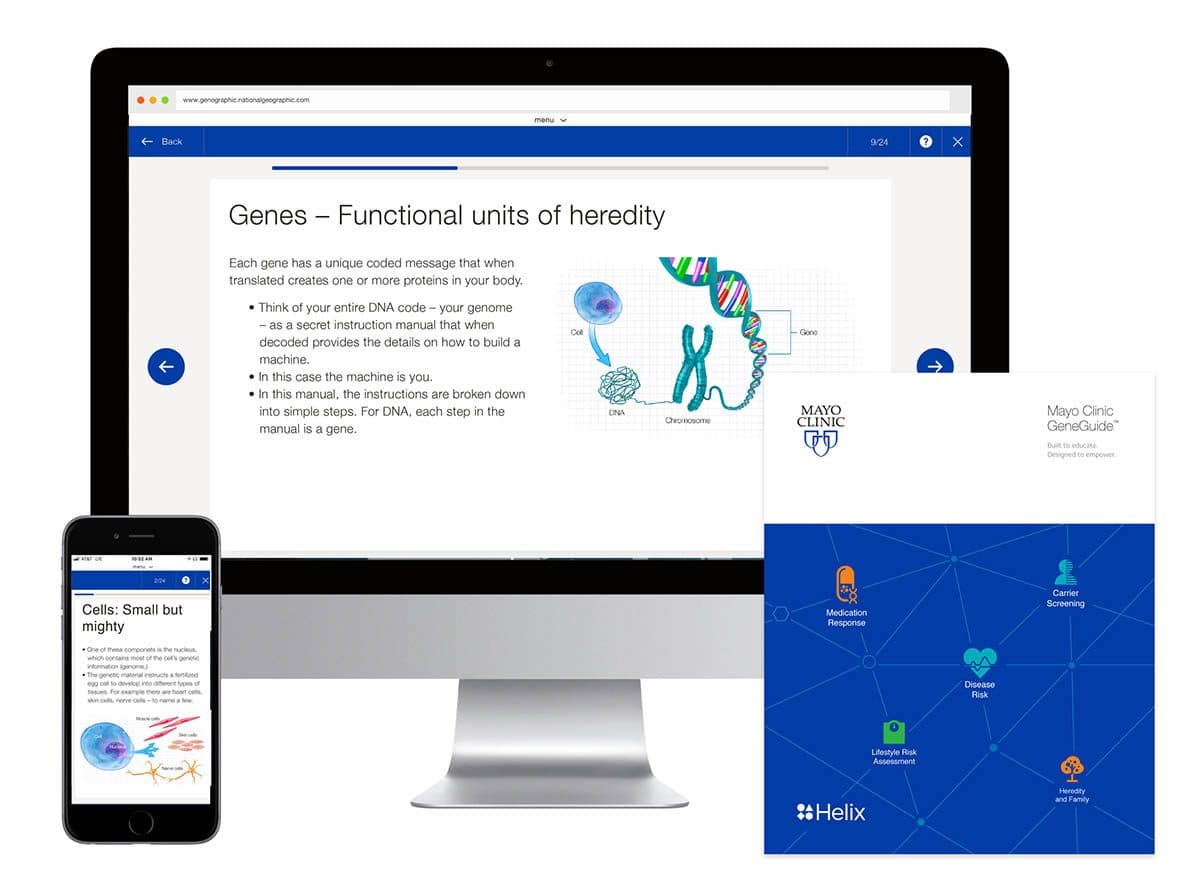Meet F5, an important gene for helping us bounce back from injury

Our bodies are made up of amazing systems; the nervous system, the skeletal system, and the reproductive system, to name a few. Today, our focus is on the circulatory system—the 60,000 miles of blood vessels that circulate blood from your heart throughout the rest of your body 1. One particularly incredible aspect of this system is its ability to prevent loss of blood after injury by rapidly plugging holes that may appear in this expansive network. This rapid response is known as blood clotting, and it depends in part on the F5 gene.
The F5 gene codes for the protein known as factor V (read as “factor five”). This protein plays an active role in promoting the formation of blood clots. It does so by participating in a relay of signals that is triggered the moment a blood vessel is ruptured2.
Factor V helps promote blood clotting
When a blood vessel is wounded, blood exits the vessel, exposing it to a new environment. This environment is fortified with various proteins that grab onto disc-like cells known as platelets. Those platelets then get stuck and start to clog up the wound. As they do this, clotting factors—like factor V—become active and make the blood in the wound thicker. It is this piling up of platelets, and the thickening of blood, that forms a blood clot3.
As with most things in life, balance is key. Typically, pro- and anti-clotting factors are locked in a balance that prevents our blood from clotting unless there’s a wound that needs sealing. This is because the process of making blood clots is a necessary risk that the body takes. The reward for making a blood clot is that it seals off a wound; however, the blood clot might also become dislodged and enter the bloodstream. If that happens and the clot is not dissolved, the clot may become stuck in a blood vessel and result in a life-threatening complication, such as stroke or blood clot to the lung 3. Because of this, it’s important to recognize environmental and genetic factors that may lead to an imbalance in clotting signals. One such factor involves the F5 gene.

Mayo Clinic GeneGuide™ is a genetic testing experience that helps you understand how genetics can affect your health.
Researchers have found that a change to the DNA sequence—known as a variant—of the F5 gene makes its protein product (factor V) extra resilient. This means that people who inherit this specific variant, the factor V Leiden variant, are likely to have clotting factors stick around longer than they’re supposed to. As a result, they’re more likely to form blood clots and more likely to experience a major health complication from them. Population studies have shown that is the factor V Leiden variant is most common among people of European descent (approximately 5.2% of people in this group) 1,4,5.
Fortunately, the majority of people with one variant in the F5 gene never develop harmful blood clots. That’s partly due to the fact that, even with an increased risk, the overall risk remains low. Additionally, there are medications and lifestyle changes that can reduce your risk of experiencing a complication due to blood clotting. Ultimately, taking steps to reduce your risk of developing dangerous blood clots starts with understanding environmental and genetic factors that may put you at an increased risk.
Mayo Clinic GeneGuide™ analyzes the F5 gene
Mayo Clinic GeneGuide™ is an educational tool that, among other things, helps you look at your DNA and lifestyle to determine if you may be at an increased risk of venous thromboembolism—an umbrella term that encompasses multiple complications which result from inappropriate blood clotting. As a part of the analysis, Mayo Clinic GeneGuide™ analyzes the F5 gene to see if you’ve inherited the factor V Leiden variant. In addition to helping you understand how your DNA may influence your health, Mayo Clinic GeneGuide™ provides you with educational resources on environmental risk factors and support from a genetic counselor.
1Bautch, Victoria L and Kathleen M Caron. “Blood and lymphatic vessel formation” Cold Spring Harbor perspectives in biology vol. 7,3 a008268. doi:10.1101/cshperspect.a008268
2Heit, J A et al. “A genome-wide association study of venous thromboembolism identifies risk variants in chromosomes 1q24.2 and 9q” Journal of thrombosis and haemostasis : JTH vol. 10,8 (2012): 1521-31.
3Palta, Sanjeev et al. “Overview of the coagulation system” Indian journal of anaesthesia vol. 58,5 (2014): 515-23.
4Heit, J A et al. “Genetic variation within the anticoagulant, procoagulant, fibrinolytic and innate immunity pathways as risk factors for venous thromboembolism” Journal of thrombosis and haemostasis : JTH vol. 9,6 (2011): 1133-42.
5Soria, José Manuel et al. “Multilocus genetic risk scores for venous thromboembolism risk assessment” Journal of the American Heart Association vol. 3,5 e001060. 23 Oct. 2014, doi:10.1161/JAHA.114.001060